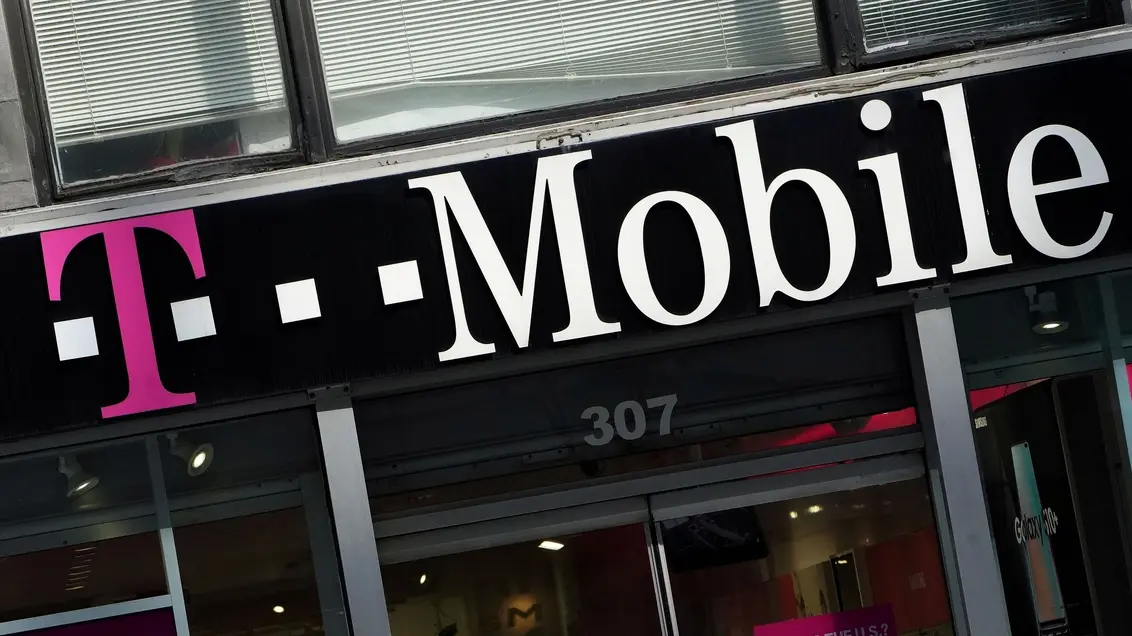George Orwell and his ” Big Brother is watching you » are not very far, say some! This is real progress for New Yorkers, retort others. Since its presentation last October 27 by the Center for Urban Sciences and Progress at New York University, this 8-megapixel camera manufactured by the Point Gray company has never ceased to be talked about. State-of-the-art in technology, it will soon be installed on the roof of a building located in Downtown Brooklyn, near the Brooklyn Bridge, in order to take photographs from lower Manhattan to its center every ten seconds. A way of ” take the pulse of the city ”, say its designers. More prosaically, this device will record all kinds of data ranging from the use of energy through the movement of populations to the detection of suspicious devices. Information then transmitted to the police and municipal authorities.
“Intelligence”, a question of survival
“This technology is timely, when almost 80% of the population of the United States and 50% of the world live in cities, explains Steven Koonin, in charge of financing the project. This information will help us better understand our urban environment and improve the quality of life of citizens around the world. “
Perhaps. The only certainty for now, this innovation is firmly part of a larger movement that New York has been championing for several years: that of the smart city. This concept was built in particular from the idea that by 2030, two out of three people will live in a city, according to the UN. This concentration of people will be a source of additional difficulties, for example for the environment, leading to a scarcity of water resources, atmospheric pollution and an excessive production of waste. It should also call into question the modes of transport due to the lack of fossil fuels and pose with new acuteness the problem of ghettos, insecurity and poverty.
Faced with these clearly identified challenges, it is therefore a matter of maximizing resources and reorganizing living together by using information, communication and technology for this. In short, by making the American megalopolis smarter. This process, started in 2007 in New York by Mayor Michael Bloomberg, totally committed to the cause of smart city – it favored eco-construction, allowed certain monuments to be lit with the energy of wind turbines and financed the repair of the water network -, became a question of survival after storm Sandy, in October 2012, paralyzed Big Apple. In one night, 17% of the city was flooded, 90,000 buildings damaged, two million people were without electricity for several days, 11 million users deprived of public transport for a week. Six months after the hurricane, a report called “A stronger and more resilient New York” recommends the implementation of 257 measures (buildings, telecommunications, transport, liquid fuels …) some of which were immediately applied, such as the reinforcement of dikes. And others are about to be under the leadership of new mayor Bill de Blasio. In addition to this major project, there are public-private or uniquely private initiatives aimed at transforming one of the most populous cities in the world into a model of intelligence. If it appears absolutely impossible to draw up an exhaustive list of all the sites, some are nevertheless worth examples.
In the information field, for example, the interactive platform from Cisco and LG Electronics is getting a lot of attention. Called City 24/7, it provides information on state or municipal programs and local businesses.
Thanks to numerous surveillance cameras, it indicates the saturation state of car parks, transport schedules, security problems or measures air quality. To access it, all you have to do is touch one of the 250 digital screens placed in a public place (telephone booths, bus or train stops, etc.), or consult a smartphone or tablet. This gesture becomes all the easier as the municipality began construction last year of the largest urban wi-fi network in the country. The city’s 11,000 telephone booths will become wi-fi access points and ultimately help reduce the “digital divide”. Electricity is also the focus of attention. This is why the Con Edison board is working to create a smart grid so that consumers can better control their consumption.
A 20 billion dollar real estate project
Combating violence is just as important a challenge for the future. With this in mind, the municipality has launched a two-year pilot program which, thanks to microphones placed on the roofs of certain red-light districts, alerts the police in real time as soon as a shot is fired.
If ecological measures, in particular with the vast CityBike program (the equivalent of Vélib ‘) or the redevelopment of certain congested and polluted neighborhoods, are a given, it is undoubtedly in the field of real estate that the ambition most more innovative is emerging. The Hudson Yards Project, estimated at $ 20 billion, is the largest private yard in US history and the largest in New York City since the construction of the Rockefeller Center. This space, both commercial and residential, which stretches over 12 hectares, between the 30th and 34th arrondissements, is an example of sustainable development. Thanks to intelligent additions (fiber magnifying glass, thousands of sensors placed on buildings, satellites on roofs, etc.), data on vehicle traffic, the flow of pedestrians, air quality and energy will be available. collected and analyzed. Ultimately, they will allow, for example, the lights to turn off automatically as soon as the occupants leave the room, and the artificial light to adjust itself to natural. Or even elevator motors to capture energy when braking in order to then reintroduce it into the building’s electrical system. Not to mention the innovations that will make it possible for a building with a surplus of electricity to send it to another which lacks it. Or the many devices relating to temperature regulation and waste reduction.
This complex, as prestigious as it is intelligent, will however only be accessible to the wealthiest. If the municipality wants to make it a real model for the future, that will come at a cost. And it remains to be seen who can take it.


